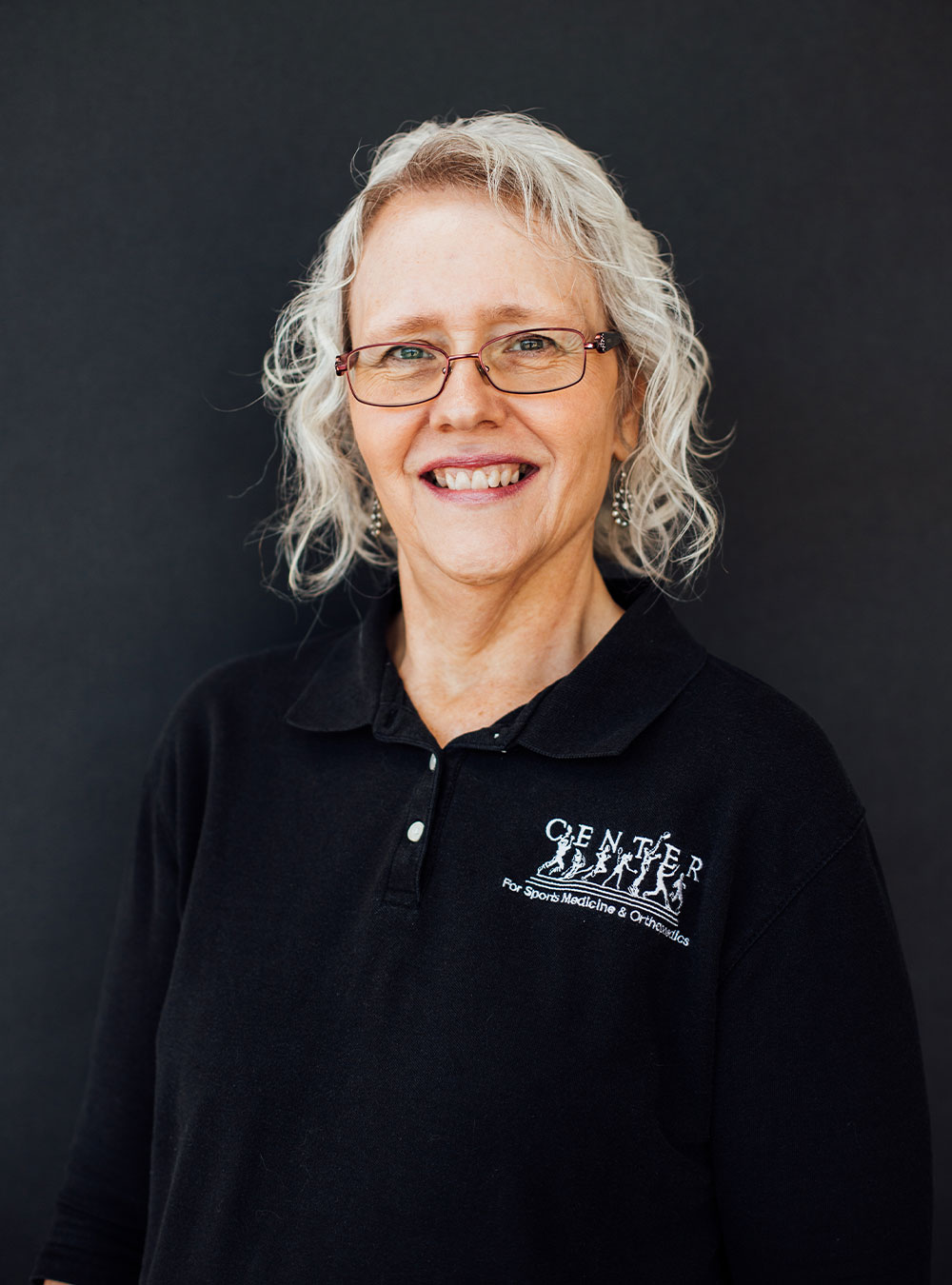Aquatic Therapy
Center for Sports Medicine & Orthopaedics offers aquatic therapy which includes balance and gait training to speed recovery after surgery or sports injury and to address the limitations of arthritis. Aquastretch and Bad Ragaz are two techniques that help restore flexibility and decrease pain in 1-2 visits, and you do not need to know how to swim to benefit from aquatic therapy.
During aquatic therapy, the resistance created by water fosters muscle strength, balance and decreased joint stress that can’t be experienced on land. It’s ideal for people with intense pain, weight-bearing limitations, or healing bone fractures, and is a great transition to land therapy.
One benefit of aquatic therapy is the buoyancy provided by the water. While submerged in water, buoyancy assists in supporting the weight of the patient, reduces the force of stress placed on the joints, and allows a greater range of motion. Being in the water after hip or knee surgery allows freer movement through bigger ranges of motion, supports the process of relearning to walk, and helps participants perform exercises comfortably that might be painful on land.
Aquatic Therapy for Runners
Many runners are aware of biking, elliptical, and non-weight bearing “cross training” options to utilize after an injury. Aquatic exercise, when used at the correct time after injury or surgery, benefits the whole body by restoring core, arm, back, hip and leg strength and flexibility.
Programs in the pool generally begin with walking in waist deep water. When weight bearing is limited by the surgeon, deep water activities like biking, cross country skiing, jumping jacks and wall squats can be performed with flotation devices such as a float belt, noodle or balance rings. Leg raises and core exercises with a pool kick board are also used for core strengthening.
Supported by the PTA, runners will also learn how to use a jogging tether, which can help correct bad postures and improper heel strike and toe off while guarding rotation of the hip and knee.


